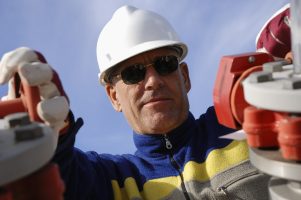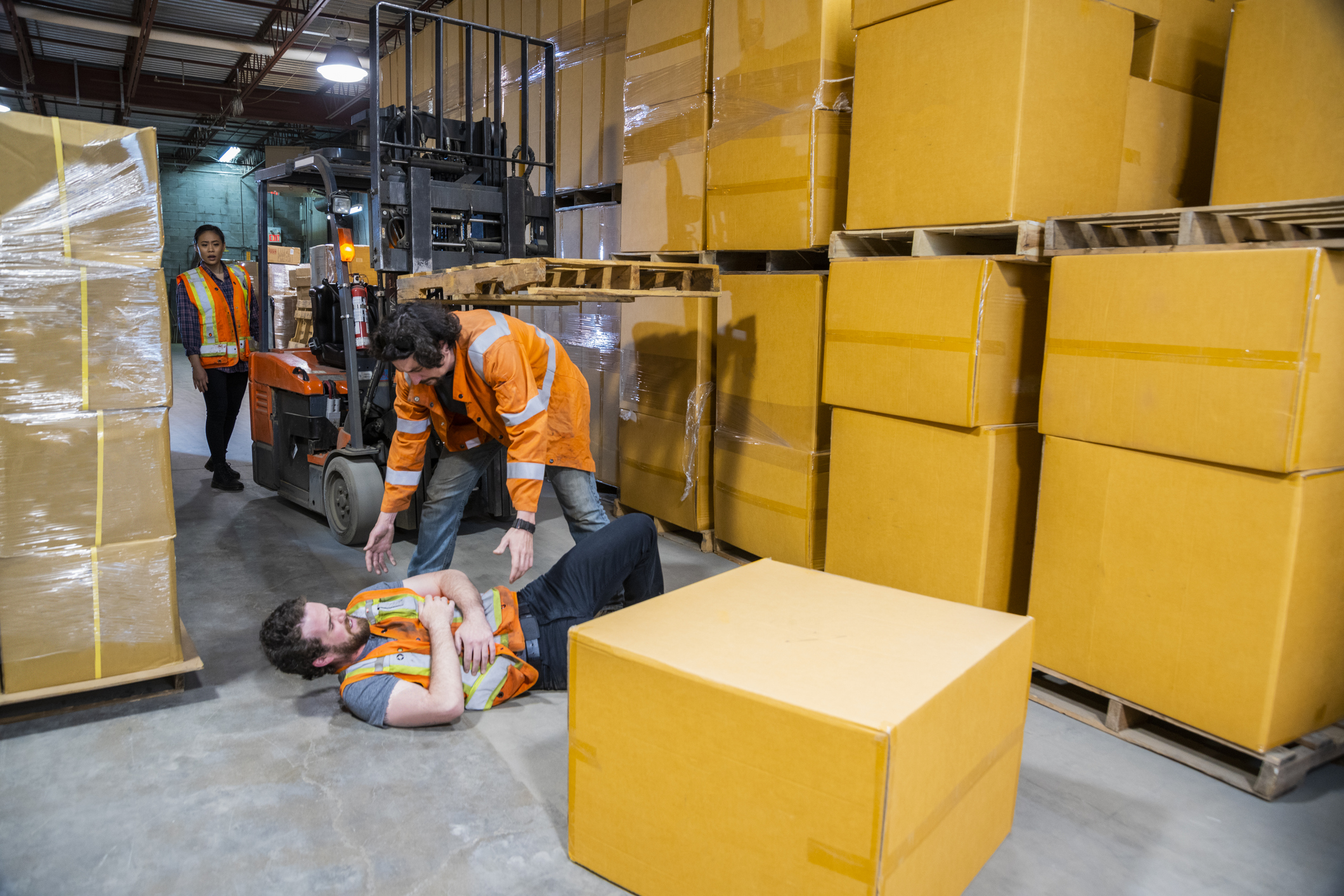Hearing loss increase found in oil, gas workers

Noise-induced hearing loss (NIHL) among Canadian oil and gas drilling sector workers has increased by 12 per cent, from 33 per cent in 2012 to 45 per cent in 2017, according to hearing-test data collected by employers. Even more alarming: out of the 294 oil and gas drilling workers with NIHL, 194 — 65 per cent — were under the age of 35.
WorkSafeBC, a workplace safety and health agency in British Columbia, is alerting employers to the problem with a new safety bulletin.
While the percentage of workers with NIHL has increased in the drilling sector, the percentage of workers who reported wearing a hearing protection device has also increased, from 94 to 98 per cent, with a heavy reliance on A plugs, commonly known as foam earplugs.
“There are a number of reasons why workers may be diagnosed with noise-induced hearing loss even though they are wearing some form of hearing protection,” says Sasha Brown, WorkSafeBC occupational audiologist. “The earplugs or earmuffs might be the wrong size, inserted or worn incorrectly, not worn for long enough, or they may not be providing enough protection for the duration and intensity of noise exposure.”
Employers can take measures to prevent noise-induced hearing loss:
- Ensure all workers who are at risk are wearing sufficient hearing protection that fits, and that they understand how to properly wear it.
- Make sure workers insert or wear the correct hearing protection prior to entering a noisy environment and wear it until after exiting the noisy location.
- Rotate workers to different positions so they spend less time in noisy environments.
- Identify potential engineering controls to mitigate risk of exposure.
- Ensure workers have their hearing tested and are aware of their hearing-test results.
According to the Occupational Health and Safety Regulation and Guidelines, employers are required to provide hearing-loss prevention programs, monitor noise levels and conduct annual hearing tests for workers exposed to hazardous noise levels to prevent permanent hearing damage.
Hazardous noise levels are defined as 85 decibels in the A scale for eight hours or the equivalent; the A scale is used for measuring environmental noise. All workers are responsible for wearing appropriate hearing protection and taking part in their employer’s hearing-loss prevention program. Since 2006 there have been more than 41,000 accepted claims for NIHL in B.C.
Related Posts




